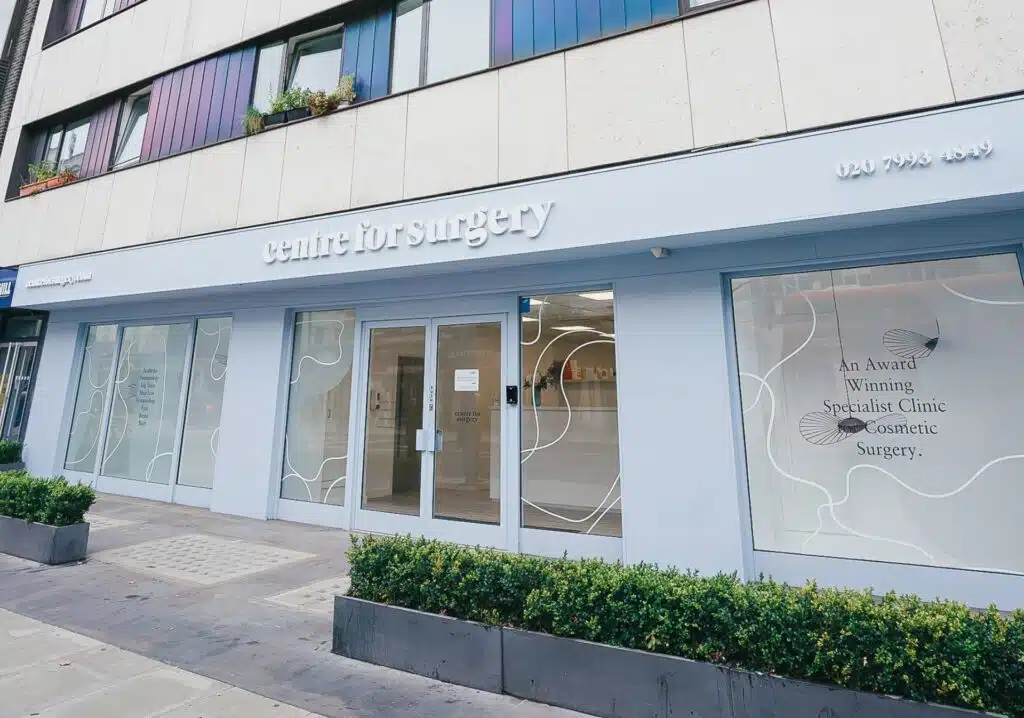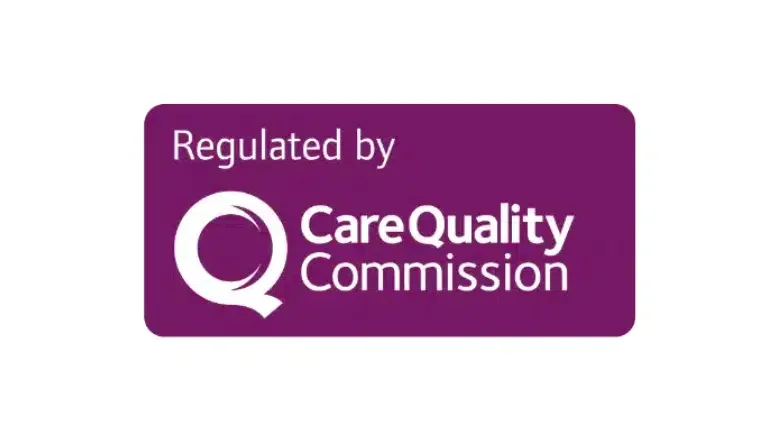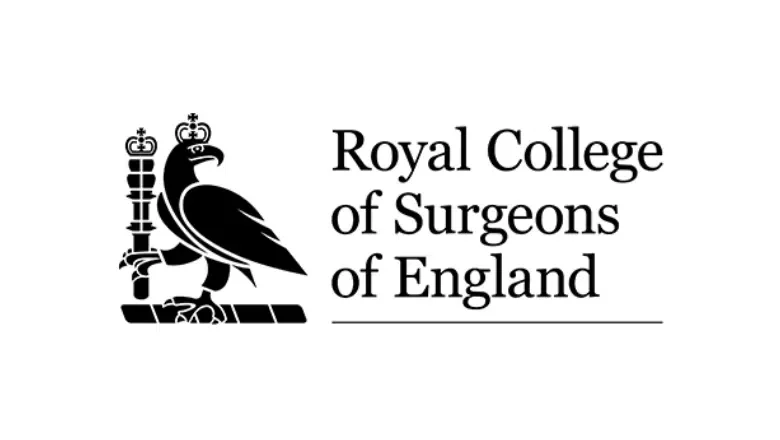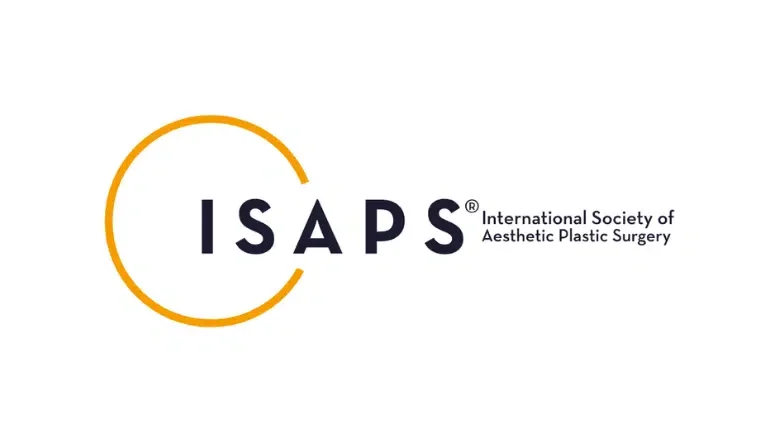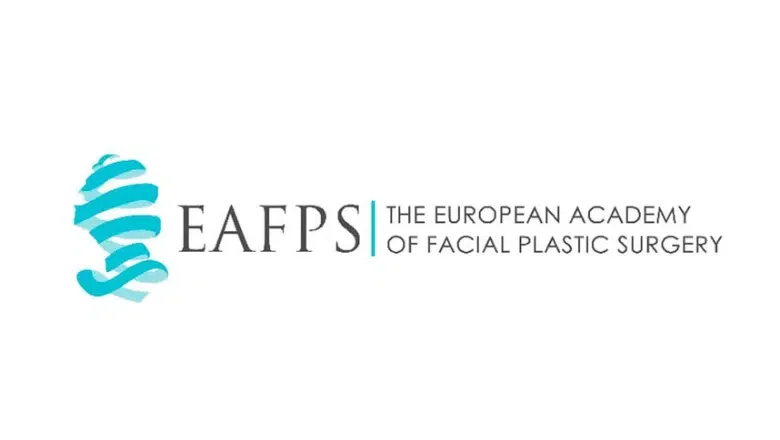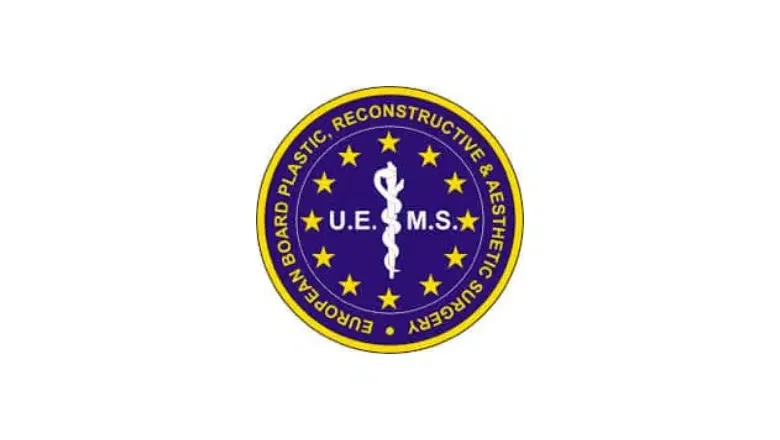Liposuction alternatives are commonly considered by many patients who are keen on having a non-surgical procedure. Although liposuction is a surgical procedure, it is considered minimally invasive with a fast and easy recovery period and is highly effective for permanently removing fat cells. The procedure is designed to sculpt and contour body regions where fat is removed, leading to a more proportioned body shape. Liposuction can also induce skin tightening in cases of mild skin laxity, which may eliminate the need for an excisional procedure in some cases.
Common liposuction alternatives include:
Non-invasive body contouring – typical devices used for non-surgical treatments include CoolSculpting, Sculpsure, EMSculpt and Exilis Elite. CoolSculpting is often marketed as an alternative to liposuction and works via cryolipolysis. Cryolipolysis involves significant localised cooling of superficial fat cells in excess fat, resulting in tiny crystals forming in the fat cells, which are thought to lead to their eventual destruction. The liquidised fat is then naturally removed from the body. CoolSculpting carried out over multiple sessions can cost significantly more than a single liposuction treatment. These devices achieve modest results at best despite numerous courses of treatment and cannot match the results from a liposuction procedure. We recommend avoiding these treatments for patients looking to remove significant amounts of fat.
Injection lipolysis – common chemical agents used for injection into areas of localised fat include deoxycholic acid, which is available in several different brands, including Kybella, Aqualyx and Lipodissolve. We would not recommend these treatments as they can be very painful to inject and often require 3 to 4 treatments spaced several weeks apart. The injection can spread beyond the intended site, leading to undesirable complications and a lack of accuracy and precision in a liposuction procedure.
Surgical removal of fat with excision – this method used to be the most common way to remove excess body fat before liposuction was developed. Although helpful in removing excess skin, we would not recommend this treatment as a primary method for removing body fat as you may need more than one treatment to safely remove sufficient amounts of fat. The procedures may also involve long incisions and carry the risk of significant scarring.
Patients often come to us curious about potential alternatives to liposuction. Here we discuss some of the recognised alternative liposuction treatments used in the UK.
What are the best alternatives to liposuction?
There are now many different types of liposuction surgery, and the procedure has become minimally invasive in recent years, thanks to improvements in liposuction techniques and technologies. Some of the most commonly used alternatives to liposuction include SmartLipo, Vaser Lipo and BodyTite. At Centre for Surgery in London, our surgeons carry out one of the highest volumes of liposuction in the UK. They do not view alternatives to liposuction as being able to match liposuction’s treatment efficacy. Many patients understandably come to us unsure about all the different choices, and it is essential to emphasise the significant limitations of non-surgical liposuction treatments.
Laser liposuction, also known as laser lipo or SmartLipo, is a technique of laser-assisted liposuction involving inserting a tiny laser fibre beneath the skin to melt the subcutaneous fat using laser energy. Although the procedure was popular ten years ago, the results from laser lipo often involved lumpy or wavy skin and, in the worst cases, skin burns. Vaser Lipo or Vaser liposuction is a technique of ultrasound-assisted liposuction that uses an ultrasonic probe to emulsify fat, making it easier for fat to be removed with aspiration cannulas. Like laser liposuction, ultrasound-assisted liposuction carries a significant risk of thermal skin burns. We believe the risks of laser-assisted and ultrasound-assisted liposuction outweigh their potential benefits whilst adding considerable cost to the procedure.
BodyTite is also known as radio-frequency assisted liposuction and involves specialised cannulas inserted beneath the skin to cause skin tightening through the deployment of radio-frequency energy. BodyTite has an excellent safety profile due to the device’s real-time temperature monitoring capability, which means the risk of injury to the skin is minimal. We have carried out BodyTite procedures for over three years with no minor or major complications. BodyTite can tighten the skin through the production of new collagen and elastin. In many cases, the procedure may eliminate the requirement for excisional surgery or reduce the size of any excisional procedure. A full tummy tuck may become a mini tummy tuck combined with BodyTite in appropriately selected cases.
Liposuction, whether carried out alone or in conjunction with BodyTite, is the most effective body contouring treatment. Patients can remove excess body fat and have loose skin tightened simultaneously without excisional surgery. If you want to learn about liposuction and its many benefits, contact us today to book a consultation with an expert liposuction surgeon in London.
Tummy tuck vs liposuction
The most popular body contouring procedures are tummy tucks and liposuction. Both procedures can help remove excess fat and skin and lead to a more toned and contoured appearance. However, there are some critical differences between the two procedures, and it is important to understand these differences to make an informed decision about which procedure is right for you.
Tummy Tuck
A tummy tuck, also known as an abdominoplasty, is a surgical procedure that is designed to remove excess skin and fat from the abdominal area. This procedure is typically recommended for people who have lost a significant amount of weight or for women who have experienced changes to their body shape as a result of pregnancy. During a tummy tuck, the surgeon will make an incision in the lower abdominal area and remove excess skin and fat. The remaining skin will be tightened, and the abdominal muscles will be repaired if necessary.
Liposuction
Liposuction, on the other hand, is a minimally invasive procedure designed to remove excess fat from specific body areas. It is typically recommended for people who have pockets of stubborn fat that are resistant to diet and exercise. During liposuction, the surgeon makes small incisions in the treatment area and uses a small cannula to suction out the excess fat. This procedure can be done on a variety of body areas, including the stomach, hips, thighs, and buttocks.
Which procedure is right for you?
The decision between tummy tuck and liposuction will ultimately depend on your goals and needs. A tummy tuck may be the best option if you have excess skin and fat in the abdominal area. Liposuction may be the better choice if you have pockets of stubborn fat that you would like to remove. It is important to consult with a qualified plastic surgeon to discuss your options and determine which procedure is right for you.
Recovery and Results
Both tummy tuck and liposuction are major procedures, and recovery times can vary depending on the extent of the surgery. Tummy tuck recovery can take up to six weeks, while liposuction recovery can take anywhere from a few days to a few weeks. The results of both procedures are generally long-lasting, but weight gain or pregnancy can affect the results.
Cost of liposuction and tummy tuck
The cost of tummy tuck and liposuction can vary depending on the location, the surgeon’s experience, and the extent of the surgery. Tummy tucks are typically more expensive than liposuction, as they are more invasive and require more time and skill.
What is the cheapest type of liposuction?
The cheapest liposuction type will be a non-surgical type of liposuction that an unqualified practitioner often carries out at many clinics. The results following such a procedure are often modest at best. Therefore, We would advise surgical liposuction and viewing this procedure as an investment in yourself. Although the procedure costs more than most types of non-surgical liposuction, liposuction surgery is a single treatment that produces excellent long-term results. Surgical liposuction at Centre for Surgery starts from £3500, with 360 liposuction costing approximately £6000. The final liposuction cost will be confirmed once you have had a face-to-face consultation with one of our expert surgeons.
What is the best type of non-surgical liposuction?
BodyTite is the best non-surgical skin tightening and fat removal procedure with multiple benefits. The procedure uses a specialised cannula which emits radio-frequency energy to liquefy fat cells and tighten the skin simultaneously. The cheapest way to lose fat is to eat a sensible diet and exercise regularly. These interventions are also beneficial for improving your physical and mental well-being. Diet and exercise require a significant time to start seeing benefits. It may be better to consider liposuction as a method to achieve fast and effective fat removal in a single affordable treatment.
RELATED: BodyTite vs Liposuction
Should I have liposuction surgery or a non-surgical liposuction alternative?
Liposuction is considered to be the most effective treatment for the permanent removal of fat. Non-surgical liposuction does not produce significant results, with many patients noticing hardly any change whatsoever and often at a substantial cost. The beauty of liposuction lies in its ability to produce consistently good results in many different types of patients. BodyTite may be used in selected cases for patients with small localised fat areas. BodyTite may cost less than liposuction as it is carried out under a local anaesthetic, but its ability to reduce fat significantly is limited.
RELATED: Liposuction vs non-surgical fat reduction
There are a wide variety of different liposuction alternatives available in the UK. Although each treatment has its advantages and disadvantages, surgical liposuction is the most clinically proven method for fat removal with the lowest risk. If you want to learn more about liposuction, contact us today for a face-to-face consultation to learn about liposuction alternatives and whether they are as good as liposuction surgery before making your final decision.

